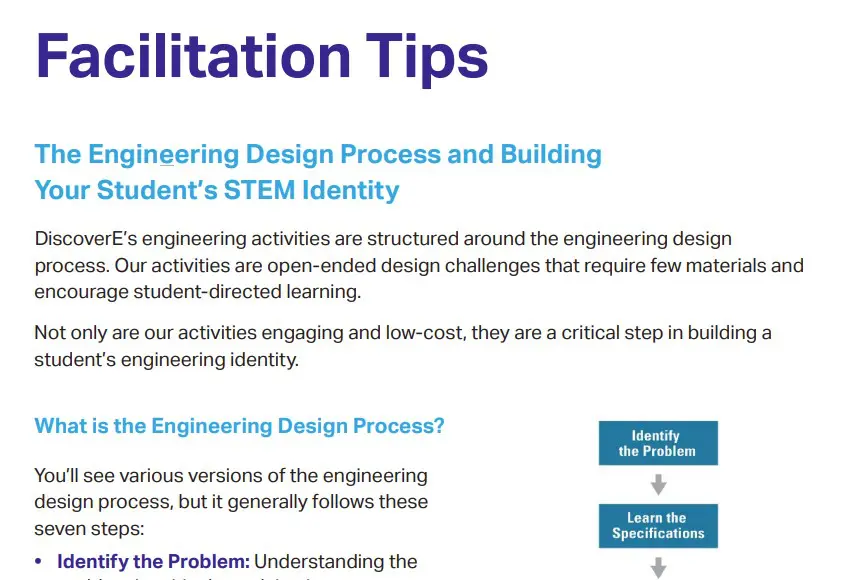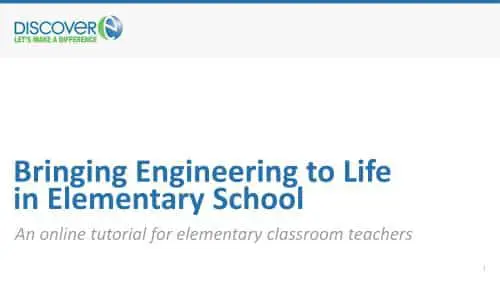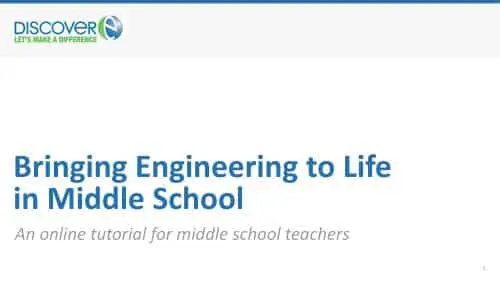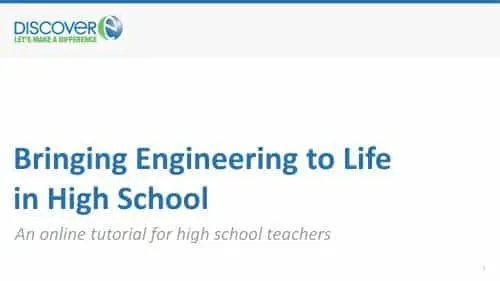Step 1
Engineering messages to share
Step 2
Engineering design process
Step 3
Leading STEM activities
Step 4
Be a role model
3
Leading STEM activities
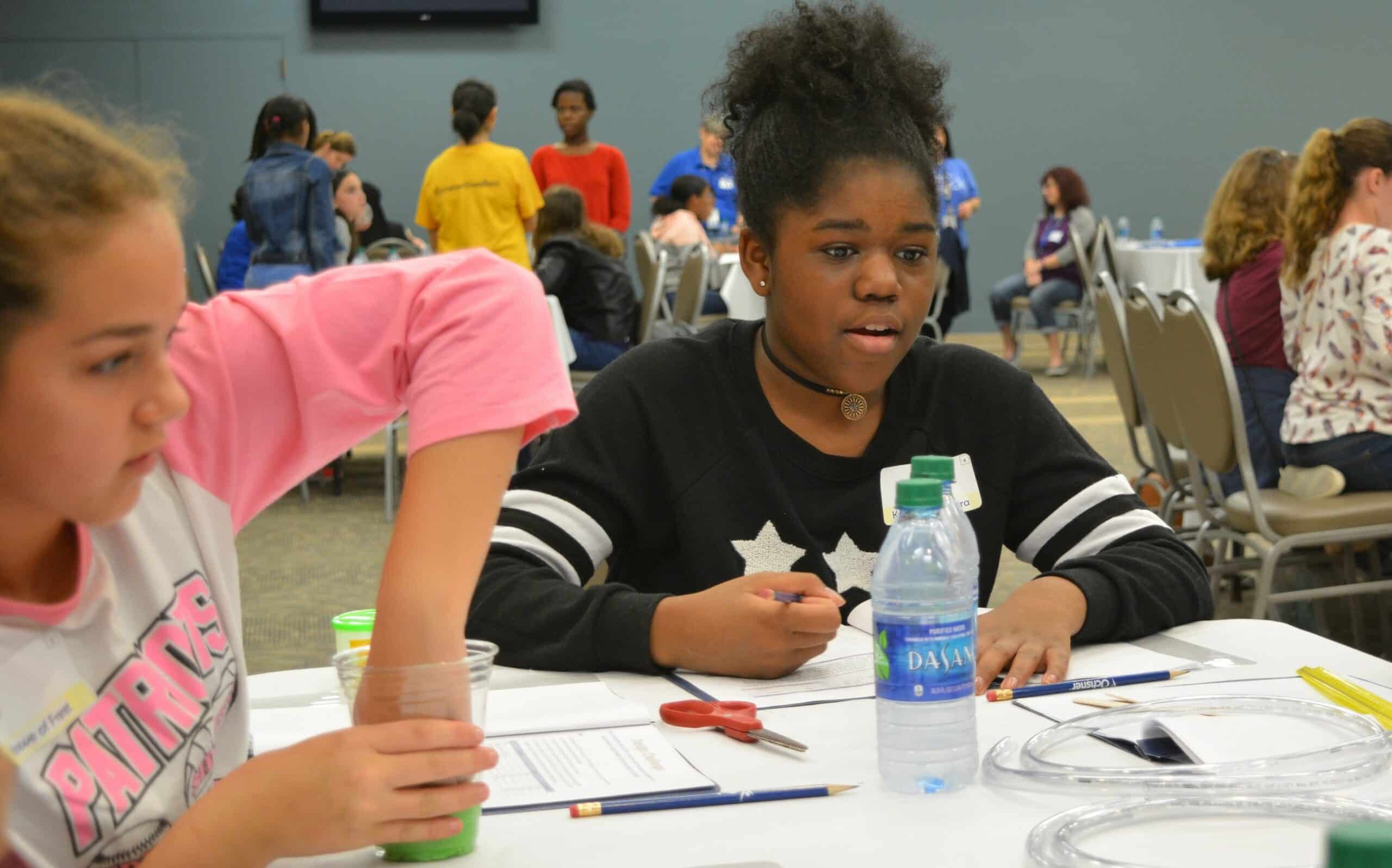
Leading open-ended STEM activities is a great way to engage students in the engineering design process. Students at our Engineers Week and Girl Day events tell us their favorite thing is doing the activities (they like the snacks too!) and they want to do more.
Whether you are introducing an engineering challenge virtually or leading it in-person, use the steps below to successfully lead STEM activities with kids.
Planning
Planning is critical. Being prepared will help you feel confident and lead to a successful experience for you and the students. Here are a few tips to get you started.

- Select an activity
We recommend open-ended challenges that follow the engineering design process.
Also consider:- What supplies will you need? Most DiscoverE activities require commonplace, household items. But every once and a while there is an item you might need to purchase.
- How will the activity work in a virtual or in-person setting?
- Do the activity
Doing the activity before your visit will minimize any surprises. It also allows you to:- Identify the student learning goals.
- Anticipate where kids might need extra help or get stuck.
- Think about modifications you might want to make, especially for a virtual visit.
- Brainstorm open-ended questions to ask during the activity. Start with “where” or “why?” These will help you understand what the students are thinking about.
- Getting ready
A few other things to consider:- How many children will you be working with?
- Will the kids work in teams or alone?
- Think of ways to extend the challenge for kids who finish early or have already done the activity.
Explore more
During the activity
Here are some ways you can set the tone and keep kids engaged.
- Set the tone
Be yourself. Be curious. Remind them it’s okay to fail. They are learning as much from what doesn’t work the first time as what eventually succeeds. - Establish a signal
Such as ringing a bell or quickly flashing the lights–reminds kids to stop working and listen. Leading virtually? Establish ground rules like having the students mute themselves when you are speaking. - Materials
Don’t pass out the materials until you are ready for kids to use them! - Ask questions
Asking open-ended questions and listening to a student’s answer is key.
- It’s equally important to find authentic reasons to recognize a student’s efforts. Kids feel included and respond when we take an interest in their ideas.
- Kids are sensitive about having the “right” answer, so emphasize the design process.
- Point out things that other teams are doing. Share that this isn’t “copying,” but collaborating and building on new information – just like engineers do.
Wrapping it up
Be sure to leave time to clean up, summarize and reflect on results. And give kids a 5-minute warning first. For your wrap-up discussion:
- Consider changing locations to capture kids attention (e.g. sit on floor – away from work stations or desks)
- Connect the big idea of the activity back to the “real world.”
- Keep conversation moving. Ask only a few kids to share their designs but ask all kids “does anyone have a similar design?”
Resources
Learn more about integrating engineering into your classroom or after-school with these self-guided tutorials:

